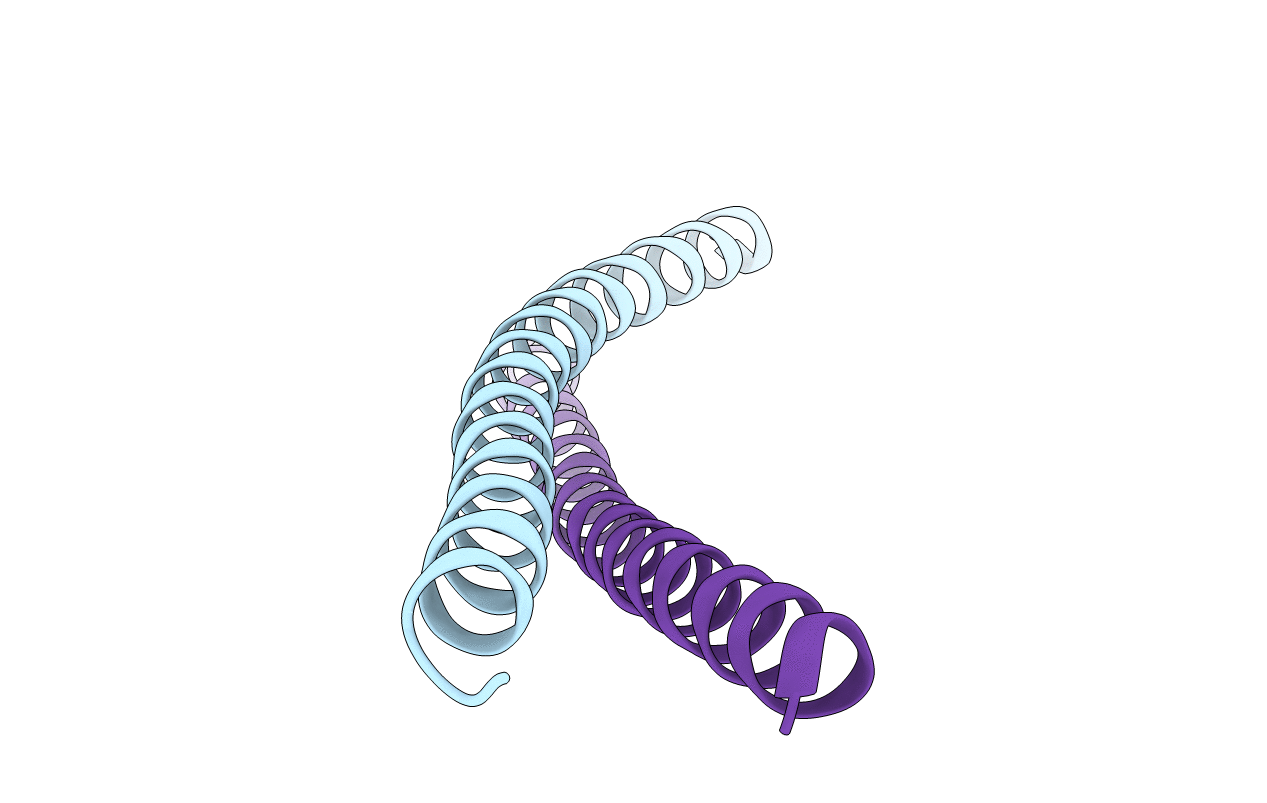
Deposition Date
2010-10-22
Release Date
2011-03-09
Last Version Date
2024-11-13
Method Details:
Experimental Method:
Resolution:
2.40 Å
R-Value Free:
0.28
R-Value Work:
0.24
R-Value Observed:
0.24
Space Group:
P 21 21 21


